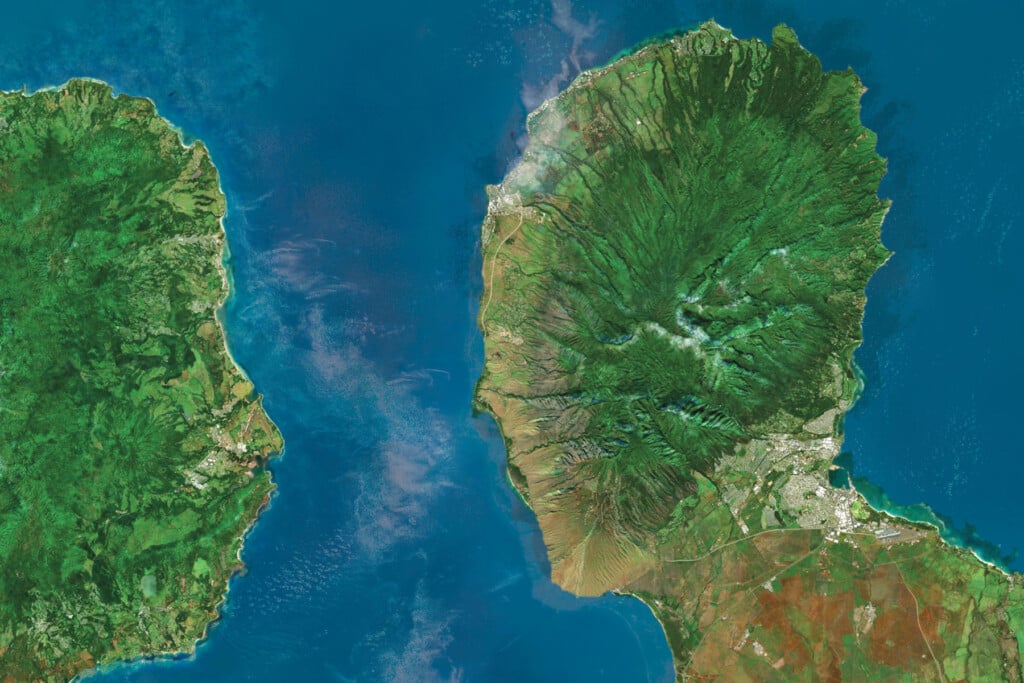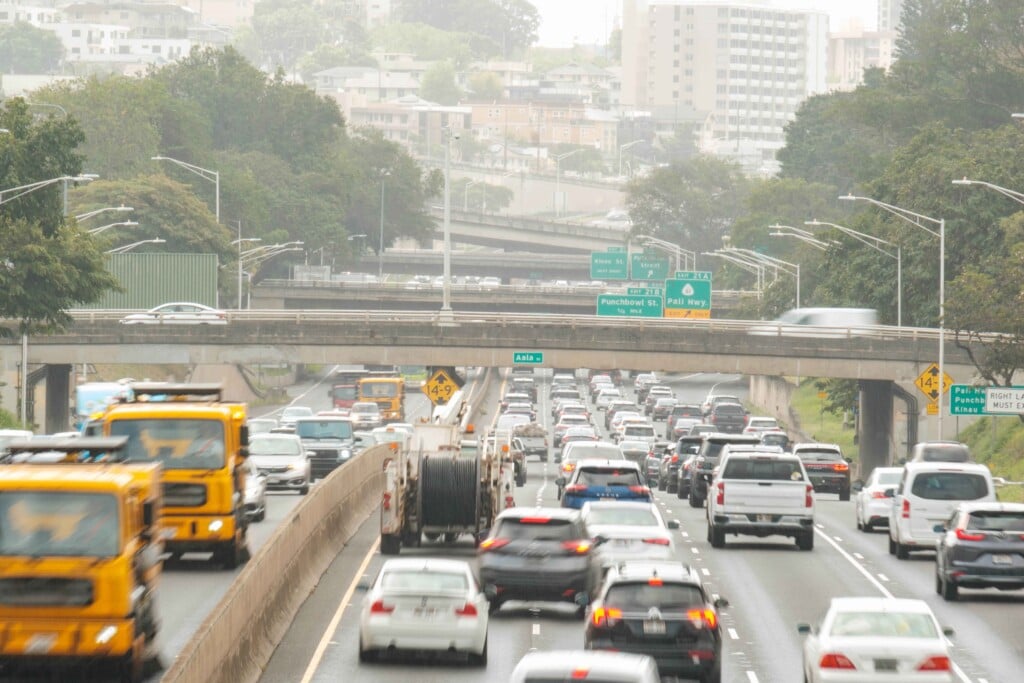The 127-Year-Old Palama Settlement Evolves in the Digital Age
The nonprofit has added classes in graphic design, filmmaking, animation, coding and Lego robotics.

The Palama Settlement, founded in 1896 to serve the Kalihi-Pālama area, has added a rapidly growing Digital Arts Department to engage kids through education and technology, while also giving seniors a chance to gain digital literacy and other modern skills.
“It gives students in this community an opportunity to learn something they would not have otherwise learned in school,” says Sam Aiona, Palama Settlement’s executive director.
“Kids today are learning animation, coding, even filmmaking. We are all just adapting to the times, and so our Digital Arts Department is growing into a Digital Arts Academy.”
Classes offered include graphic design, filmmaking, animation, coding and Lego robotics, with some classes for children and others for seniors.
During Kamehameha the Great’s rule, the Kalihi-Pālama area was a training ground for warriors, Aiona says. “Lama is the tree that was grown in this area, and pā was the stage,” Aiona says. “So Pālama was the stage where warriors would train to become chiefs.”
“Today, we are here to train the warriors of the future. We are continuing to turn warriors into chiefs. That is the beauty of Pālama.”
Honolulu banker and philanthropist P.C. Jones established Palama Settlement to serve the surrounding community. It was initially a chapel adjacent to downtown Honolulu and Chinatown, but the bubonic plague outbreak and subsequent fire of 1899-1900 transformed it into a refuge for displaced residents. Its connection to the community and its ability to serve during a time of need reshaped the chapel into a prominent community settlement.
“Right now, we probably serve about 12,000 people every year,” says Aiona. The services cover a wide range, from free food and household items to classes and activities including swimming, cooking, gardening, hula, ukulele, watercolors and pottery.
“Our primary mission will always be to help these kids feel nurtured and grow into becoming good citizens of this community,” Aiona says.
“Palama Settlement is a safe haven for these kids, and we want it to continue to be a safe haven, just as it was in the 1920s, 1940s, 1980s, and 2000s. We will continue to do that, but as the times change, we too will change.”






